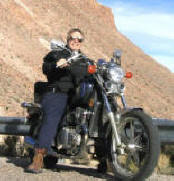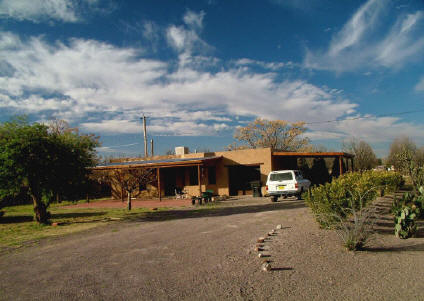
Our Home in the Southwest

In 2004, Amy and I purchased a house in southern New Mexico, in a small Hispanic village called La Mesilla. Mesilla, as it is more generally known, has a population of about 2,100 people and is located along the Rio Grande River near Las Cruces. It is about 230 miles south of Albuquerque, the largest city in New Mexico, and less than 40 miles from the Mexican border.
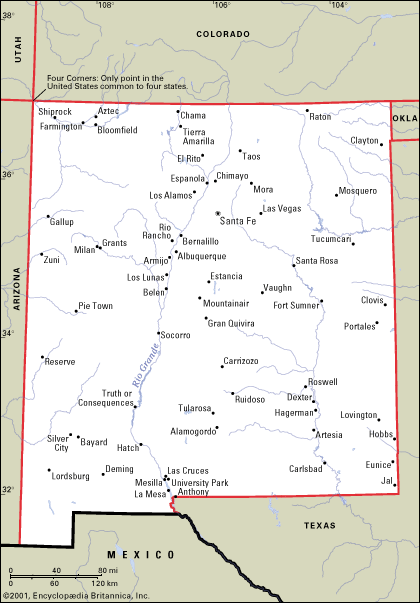
Mesilla was founded in 1850 by Mexican colonists who, after the U.S. acquired New Mexico following the war with Mexico, wanted to return to Mexico rather than live in the U.S. They petitioned the Mexican government to grant them land across the Rio Grande from Las Cruces. They were given their grant. However, in 1852 the Mexican government sold the land south and west of Las Cruces to the U.S. government in order to pay the debt it owed the U.S. as a result of the war, and the Mesilla colonists found themselves back in the U.S.
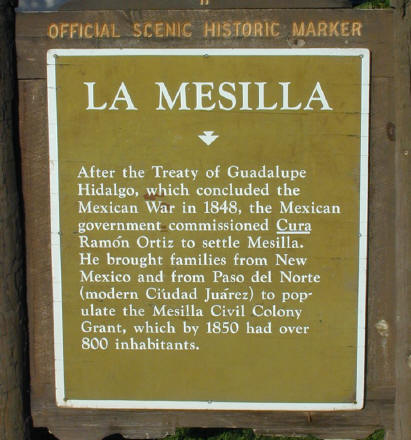
During its early days, Mesilla was an important town in southern New Mexico. After the U.S. took possession of the territory, an army post was stationed near the town. Mesilla soon emerged as the county seat of Doņa Anna County, as well as the commercial center and principal stagecoach stop southern New Mexico. However, when the railroad was being constructed, Mesilla residents became concerned about the impact the railroad might have on the town and requested that it not be built through Mesilla. The railroad established its station in Las Cruces instead (1881), causing Las Cruces to become the major town in the region. Mesilla continued on as a sleepy agricultural village, and was described by one source in 1931 as follows: "Mesilla has largely been deserted, and its old adobe houses are crumbling rapidly."
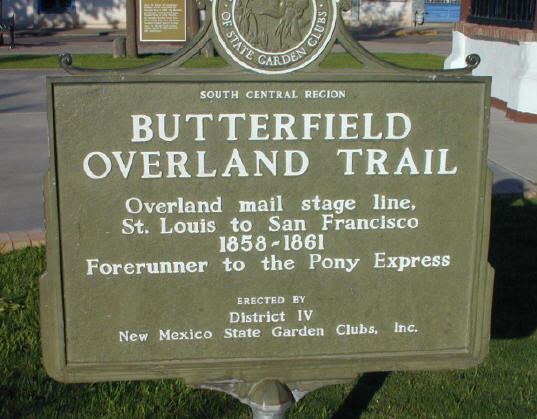
Here are a few pictures of downtown Mesilla
|
This is a picture of the central plaza in Mesilla. In the background is San Albino Church.
|
This is a typical street scene. |
|
This is a picture of the buildings on the west side of the central plaza.
|
The Mesilla Post Office: There is no mail delivery in Mesilla. Everyone has to go to the Post Office to collect their mail.
|
|
|
|
Typical examples of the kind of desert vegetation planted in front of people's houses
|
|
|
|
|
|
|
|
Typical doors and window along the streets of Mesilla
|
The Fountain Theater: This building used to be the headquarters of the Confederate Army, which defeated the Union Army in New Mexico during the Civil War. Today, it is a movie theater where alternative films are shown. |
Blue Teal wines are produced in New Mexico. |
|
|
|
Farming is still important in Mesilla, and pecan orchards can be seen all through the town. Since Mesilla is located in the middle of a desert, irrigation is necessary to grow plants. These pictures show two of the canals that run through the town. The picture on the left shows the flood gate used on one of the canals to control water flow. The paths along the canal are always pleasant places to take walks around town.
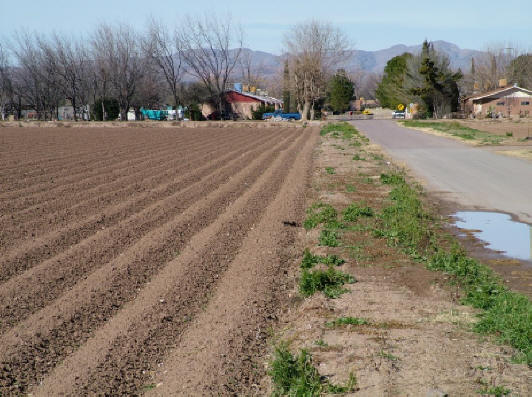
Our house is about a quarter of a mile down this road on the southern edge of Mesilla.

This is a panorama shot taken shortly after we bought the house, looking out from the front of the house. Because our house is located at the edge of Mesilla, the area around us is very rural and covered mostly with farm fields.
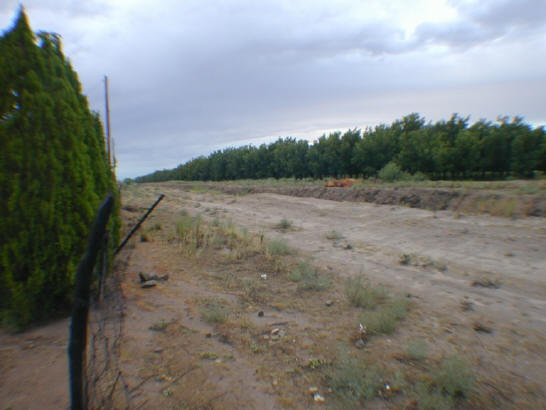
This picture was taken off the back of the house. Behind our property is the main drainage ditch of the Elephant Butte Irrigation Company through the town of Mesilla. On the other side of the ditch is a very large pecan orchard.
It doesn't snow often in Mesilla, but we had a white Christmas in 2004 and 2009. Snow rarely gets very deep in southern New Mexico, and it usually melts in a day or two.
This photo was taken the first winter we owned the house (2004) . . .
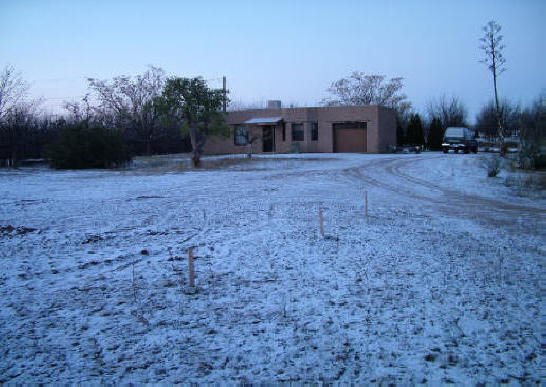
The following 3 photos were taken after a snowstorm during the winter of 2009 . . .
|
|
|
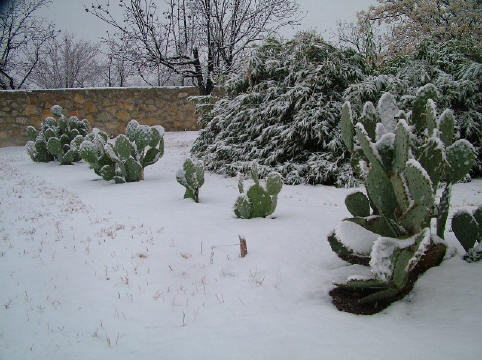
When we first bought the house, we knew that we had a lot of work ahead of us. Little had been done to the house over the years. It was a small two-bedroom house with very little vegetation on the property.
Some photos of the house taken just before we bought it. . . .
|
|
|
|
|
|
The living room was very small. Working with a friend, I removed the wall between the living room and one of the bedrooms to make the living room more open and more spacious. We also added more color.
The Living Room
This is a view of the kitchen from the living room . . .
. . . and of the living room from the kitchen.
We repainted the kitchen . . .
|
|
|
|
Changed the doorknobs . . .
|
And put in a chandelier made from the wheel of an old wheelbarrow . . .
|
Amy and I then replaced the bathroom cabinet and sink . . .
|
|
|
My friend and I then added a patio and an arbor off the front of the house. This substantially increased our living area, especially since the ability to live outdoors is one of the real benefits of being in the Southwest.
The patio started out small. We first constructed the 12' x 34' roof structure, and Amy and I laid a 34' x 23' patio (That's 782 1'x1' paving bricks, plus 12 tons of sand!!)
We had to remove the front stoop to accommodate the paving tiles . . .
|
|
|
Then we added the arbor.
My friend and I also built a carport off the side of the house.
|
|
|
|
|
|
We later built a roof connecting the original patio roof with that of the carport.
|
|
|
|
|
|
Then, Amy decided she was going to cover the entire ground surface under the carport and the connecting roof with paving stones in order to create a wrap-around outdoor living area. She planned (fortunately for me!) to complete the project while I was away on a motorcycle trip with my son Geof. It turned out to be a week in which the temperature reached 110 degrees! While she did not complete the paving that week, she did finish the job before the end of the summer.
Hard at Work!!
|
|
|
The Finished Product
|
|
|
Celebrating a Job Well Done!
Both Beautiful and Talented!!!
Then we had a stone wall built around the entire property.
In addition, we transformed the property by planting a variety of plants, including over 40 Oleander bushes, four juniper trees, an Italian Stone Pine tree, four Afghan Pine trees, two Italian Cypress trees, one Mimosa Tree, one Weeping Willow tree, one plum tree, over a dozen Prickly Pear cacti, and an assortment of other smaller vegetation. In all, we have planted between 60-70 plants on our half-acre.
|
|
|
|
|
|
The Oleander have gotten quite tall, giving us plenty of privacy.
|
|
|
* * * * *
Some of the wildlife living on our property . . .
|
Roadrunner |
Hummingbird |
|
Scaled Quail |
Mourning Dove |
|
Spadefoot Toad (Fred) |
Giant Red Centipede
|
|
Dragonfly |
Scorpion
|
|
Black Widow Spider |
Brown Recluse Spider
|
* * * * *
Amy and I love being in the Southwest. We particularly enjoy the open space and the sense of remoteness that we feel when we are there. Wherever we go, the scenery is spectacular!

The view along the Interstate highway between Albuquerque and Las Cruces
|
Yucca plants in southern Arizona near the New Mexico border. |
White Sands National Monument is about 40 miles from Mesilla
|
In the Southwest, you can travel within a couple of hours from vast open grasslands and spectacular red sandstone formations to beautiful snow-covered mountains containing thick Ponderosa pine forests and abundant wildflowers . . .
|
|
|
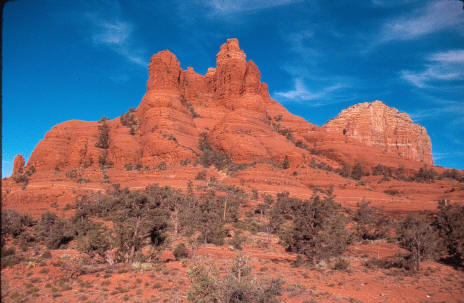
|
|
|
High in the mountains, you experience crystal clear streams that, as they descend into the desert, accumulate increasing amount of sediment and turn into muddy rivers . . .
|
Little Colorado River in the White Mountains
|
Grand Fall of the Little Colorado River
Colorado means "Red River" in Spanish. Both the Colorado and Little Colorado Rivers were given their names by the early Spanish explorers because of their red color, which is due to the red sandstone sediment that they carry. |
. . . and, finally, there is nothing like a Southwestern sunset!
|
|
The picture on the left was taken in southern Utah. The picture on the right was taken in Mesilla. |
* * * * *
The scenery and the adventure get even better when you get off the main roads.
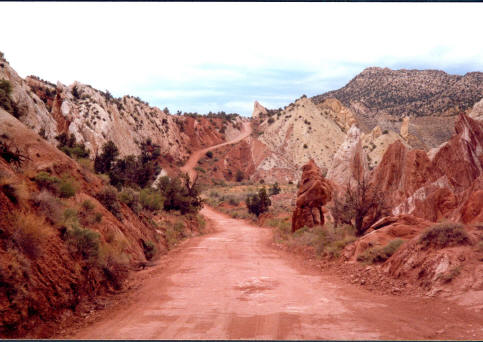
Driving the back roads of southern Utah
|
|
|
. . . and this is the kind of scenery you see along the way !
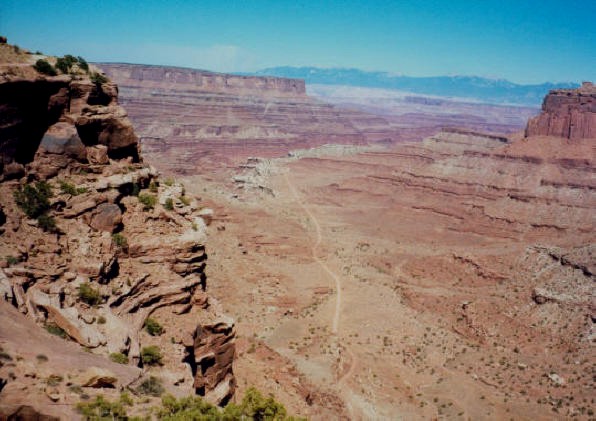
|
|
|
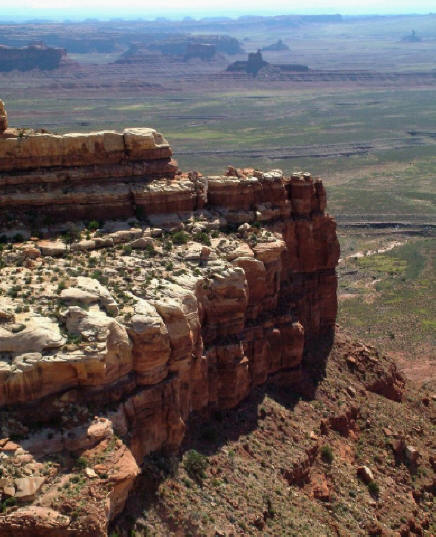
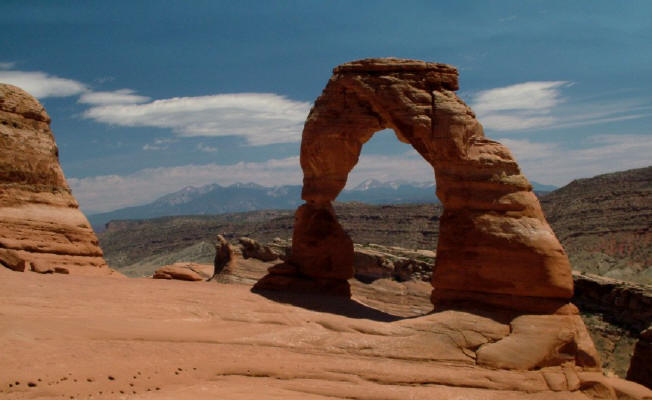
|
|
|
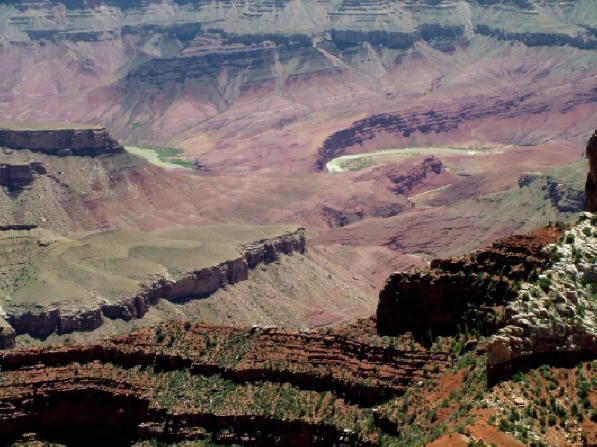

* * * * *
Our house is located just this side of the Organ Mountains seen in the background of this picture.
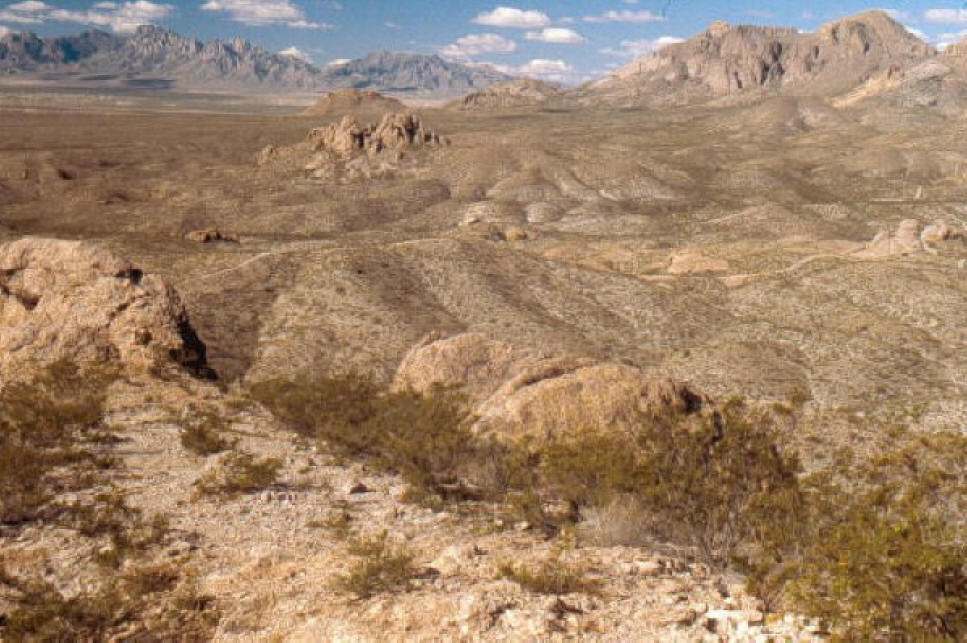

Above is a view of the White Sands Missile Range taken during a hike in the Organ Mountains. This is the view from the other side of the mountains from where our house is located. This is the spot where Obewan Kenobi stood in Star Wars and said to Luke Skywalker as they were about to enter Mos Eisley, "You will never find a more wretched hive of scum and villainy."
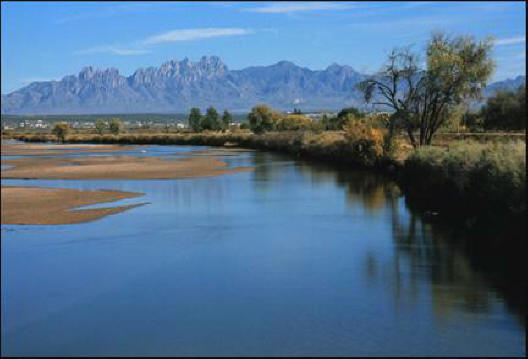
Here is a picture of the Organ Mountains taken along the Rio Grande River. Our house is located about a mile from the Rio Grande.
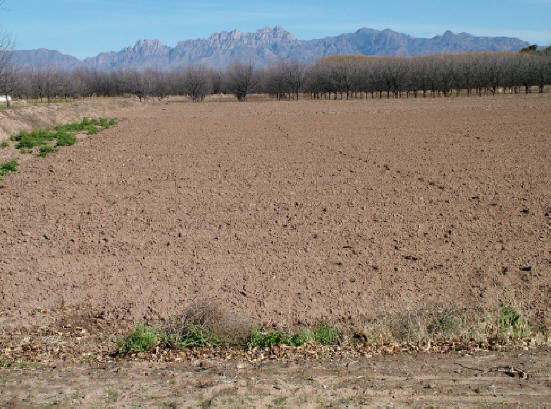
This is a view of the Organ Mountains as seen down the road from our house.
The Southwest is also a GREAT place to ride a motorcycle!
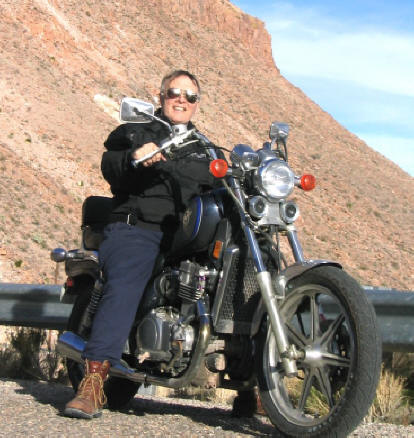
These three pictures were taken about 30 miles from our house, which is located between the two mountains seen in the background of the picture on the left. The mountains in the far background of the picture are the Organ Mountains, which are about 12 miles from our house.
|
|
|
It is hard not to ride when the sun shines and the temperature reaches 80° in February!
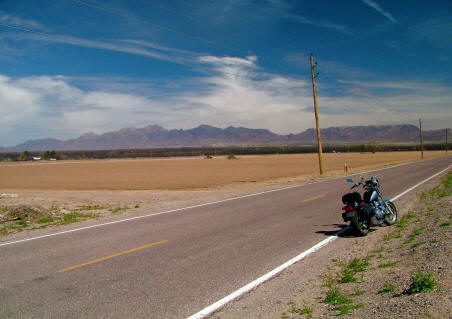
Click on the links below to see photos from . . .
(2005)
Monticello Creek Motorcycle Trip
(2009)
Motorcycle Trip through New Mexico,
(2009)
Motorcycling in the American West
(2018)
Plus there are plenty of great places nearby to go four-wheeling, such as the Dona Anna Mountains just north of Las Cruces.
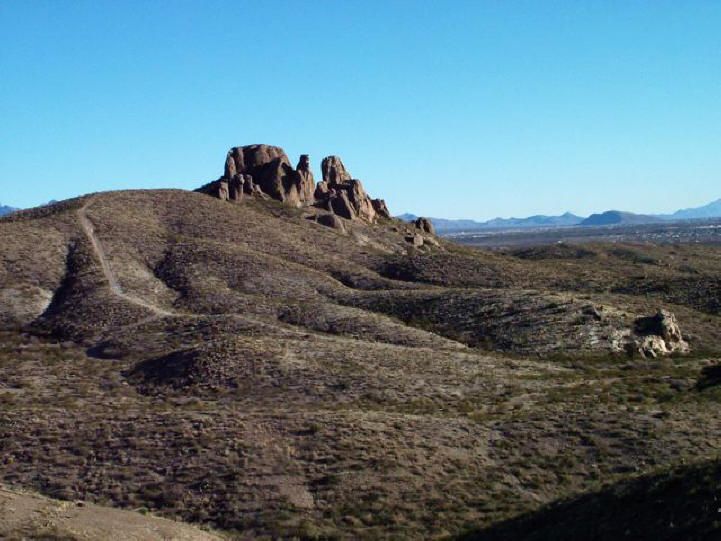
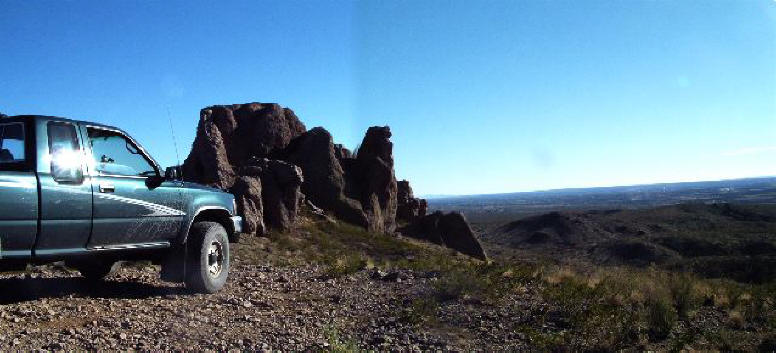
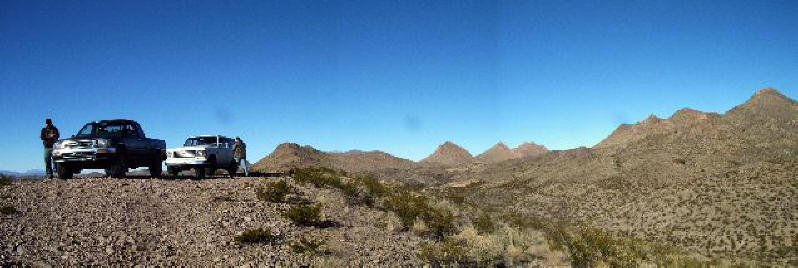
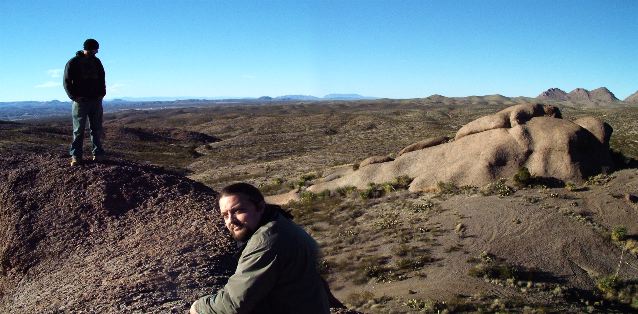
My sons, Brian and Geof.
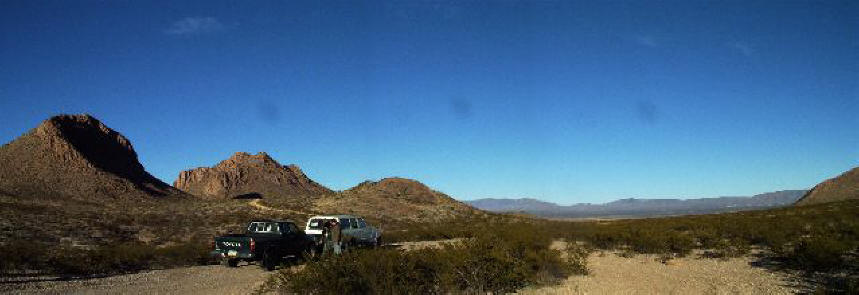
* *
* * *
Little Miss Sure Shot
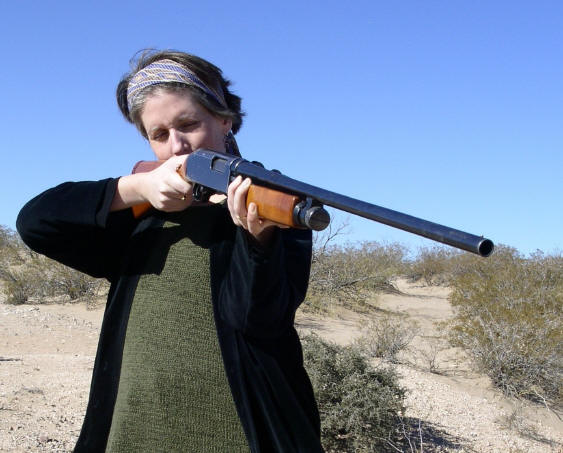
One of the things that Amy likes about being in New Mexico is that the openness makes it possible to go shooting. This picture was taken a couple miles from our house while we were out skeet shooting one Sunday morning. She is a great shot: over 70% accuracy shooting skeet. (Needless to say, I behave myself when I'm around her.)
* * * * *
Angus has also accepted his new home.
First of all, he gets to dress up like a cowboy . . .
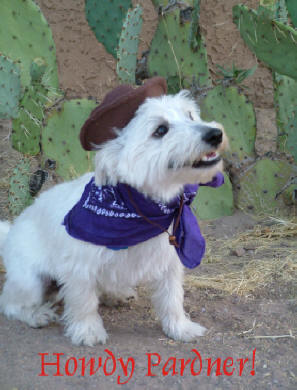
He gets to eat "poochie cones" at the local ice cream stand . . .

And he gets to ride on the back of Mommy's trike!!
* * * * *
